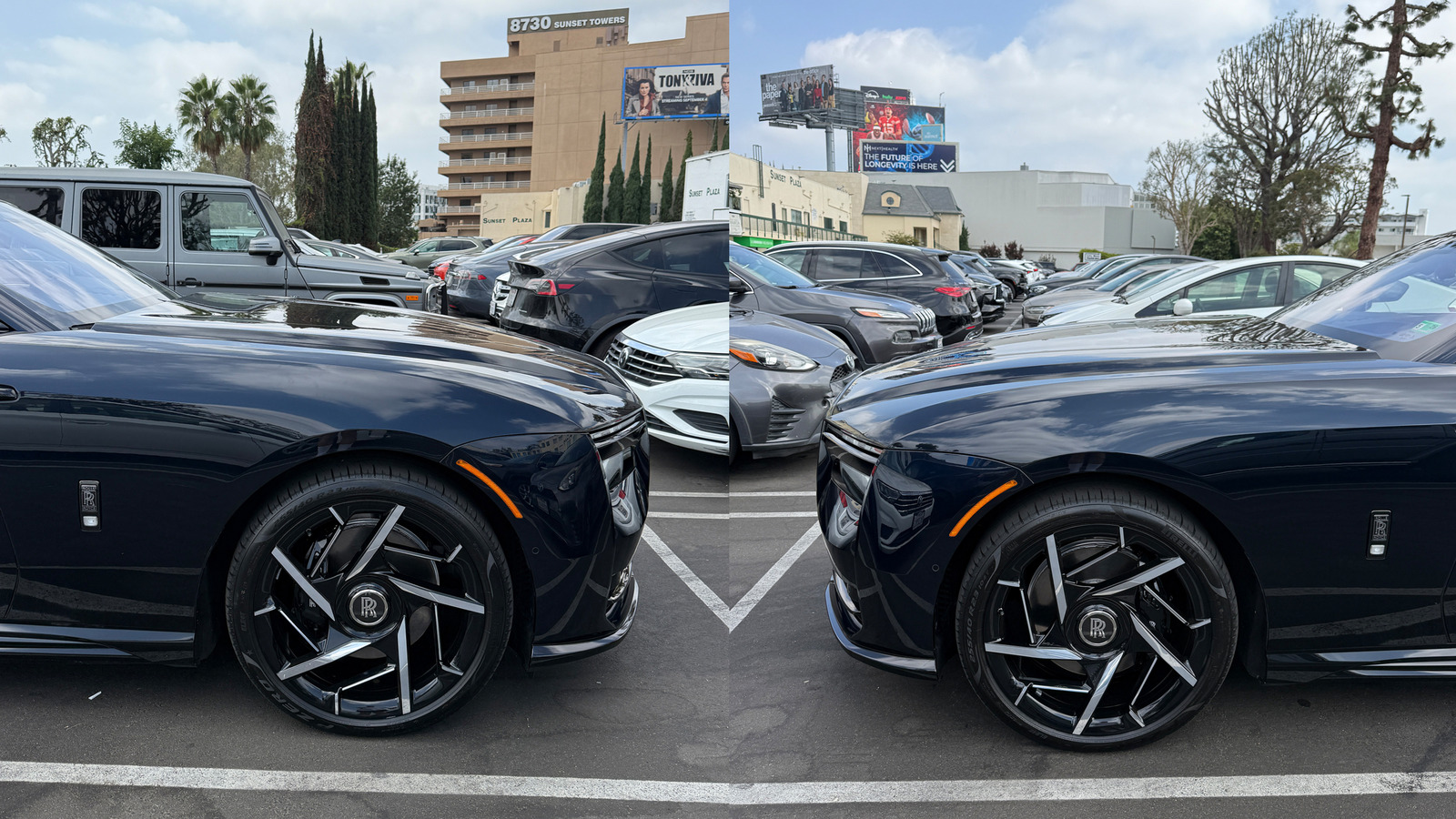Why Do Car Enthusiasts Care So Much About Directional Wheels?
If you’ve ever found yourself squinting at a car’s wheels, trying to figure out why something feels just a bit off, you’re not alone. For most drivers, wheels are just wheels. But for a certain breed of car enthusiast, the orientation of those wheels—specifically, whether they’re truly directional—can be a surprisingly big deal. So, what’s behind this obsession, and why does it matter even on high-end cars?
What Are Directional Wheels and Why Are They Special?
Directional wheels are designed with a specific orientation in mind. Their spokes or blades are angled so that, when mounted correctly, they appear to be slicing through the air in a particular direction. It’s a subtle detail, but when done right, it gives a car a sense of motion even when it’s parked. Think of it as the automotive equivalent of a well-tailored suit: most people might not notice the stitching, but those who know, know.
Beyond looks, directional wheels can also have functional benefits. Some designs help with brake cooling by channeling air toward the rotors. Others are purely about aesthetics, but either way, the intent is clear: each wheel is meant for a specific side of the car.
Why Don’t All Cars—Even Expensive Ones—Have True Directional Wheels?
Here’s where things get interesting. You might expect that a $500,000 luxury car would have every detail nailed, right down to the wheels. But even on ultra-premium models, it’s common to see “directional” wheels that actually aren’t. Instead, manufacturers often use a single wheel design for all four corners, which means the pattern faces the correct way on one side of the car and the wrong way on the other.
Why? It mostly comes down to cost and logistics. Producing two distinct wheel molds—one for the left side, one for the right—doubles manufacturing complexity and inventory requirements. For mass-market cars, that’s a tough sell. But even luxury brands sometimes cut this corner, prioritizing efficiency over perfection.
Is This Just a Nerdy Detail, or Does It Really Matter?
Let’s be honest: for most people, mismatched wheel orientation isn’t even on the radar. But for enthusiasts, it’s a glaring oversight—like wearing mismatched socks with a tuxedo. It’s about pride, attention to detail, and the joy of seeing a car that’s been thoughtfully put together from every angle.
There’s also a bit of history here. In the 1990s and early 2000s, several performance cars (think certain BMW M models or high-end Japanese sports cars) came with truly directional wheels. Spotting them became a badge of honor among gearheads. Today, with so many cars using generic designs, the few that get it right stand out even more.
Are There Real-World Benefits to Directional Wheels?
In some cases, yes. Wheels designed to channel air can help cool brakes during spirited driving or track days—a real advantage for performance cars. However, on most street cars, the difference is negligible. For the vast majority of drivers, it’s all about the look.
Still, there’s something satisfying about knowing your car’s wheels are “correct.” It’s a detail that speaks to craftsmanship and care, even if only a handful of people will ever notice.
Can You Upgrade to True Directional Wheels Yourself?
Absolutely. The aftermarket world is full of options for those who want their wheels to match on both sides. Just be prepared to pay a premium—directional sets are often more expensive, since you’re essentially buying two different designs. But for many enthusiasts, the cost is worth it for that perfect, cohesive look.
If you’re considering the switch, double-check fitment and consult with a reputable wheel shop. Not all directional wheels are created equal, and you’ll want to make sure you’re getting a set that’s both safe and stylish.
What’s the Future of Directional Wheels on New Cars?
There’s hope for the detail-obsessed among us. As car design becomes more personalized and manufacturers look for ways to stand out, we’re seeing a slow resurgence of truly directional wheels—especially on limited-edition or high-performance models. Some brands are even experimenting with 3D-printed wheels, which could make bespoke designs more affordable in the future.
Still, for now, it’s a niche feature. Most buyers simply don’t care, and automakers know it. But for those who do, the hunt for the perfect set of wheels continues.
The Big Takeaway
Directional wheels aren’t about perfection—they’re about smarter adjustments. Start with one change this week, and you’ll likely spot the difference by month’s end. Sometimes, it’s the little things that set your car apart from the crowd. And for those who notice? The result is pure magic.


